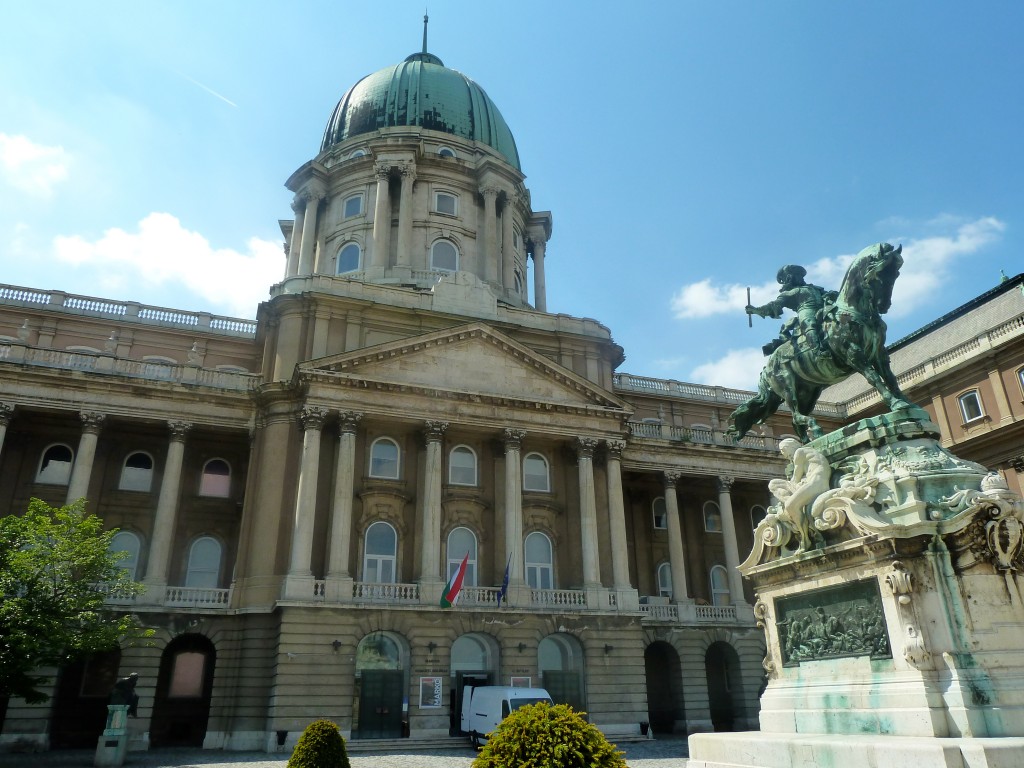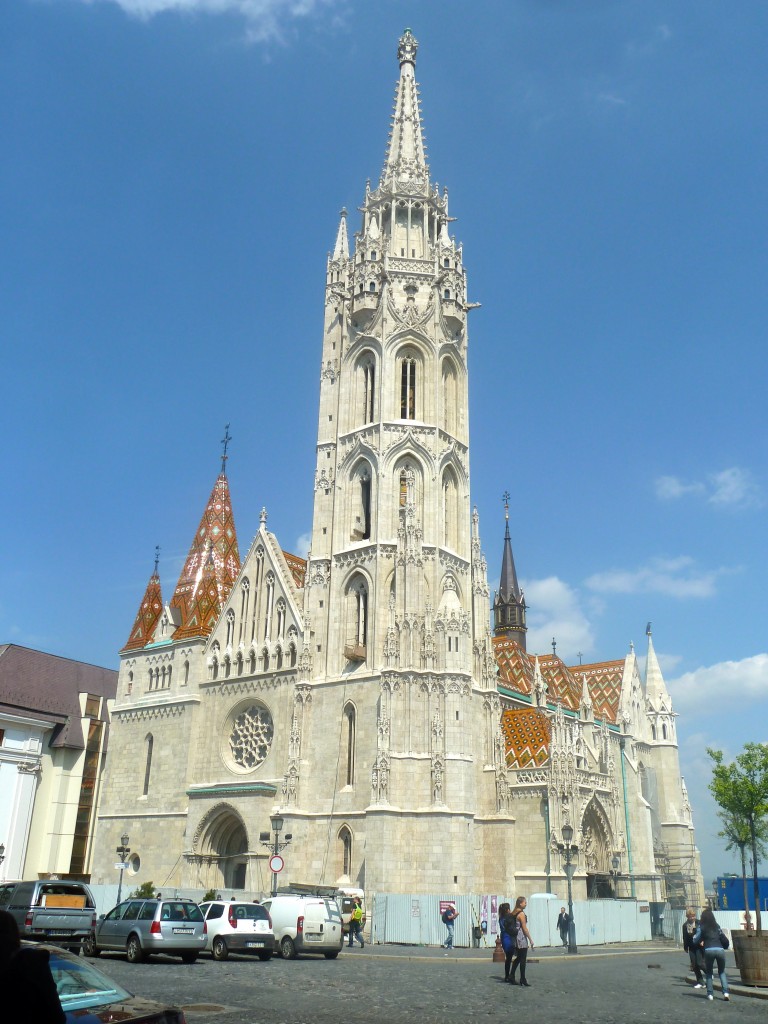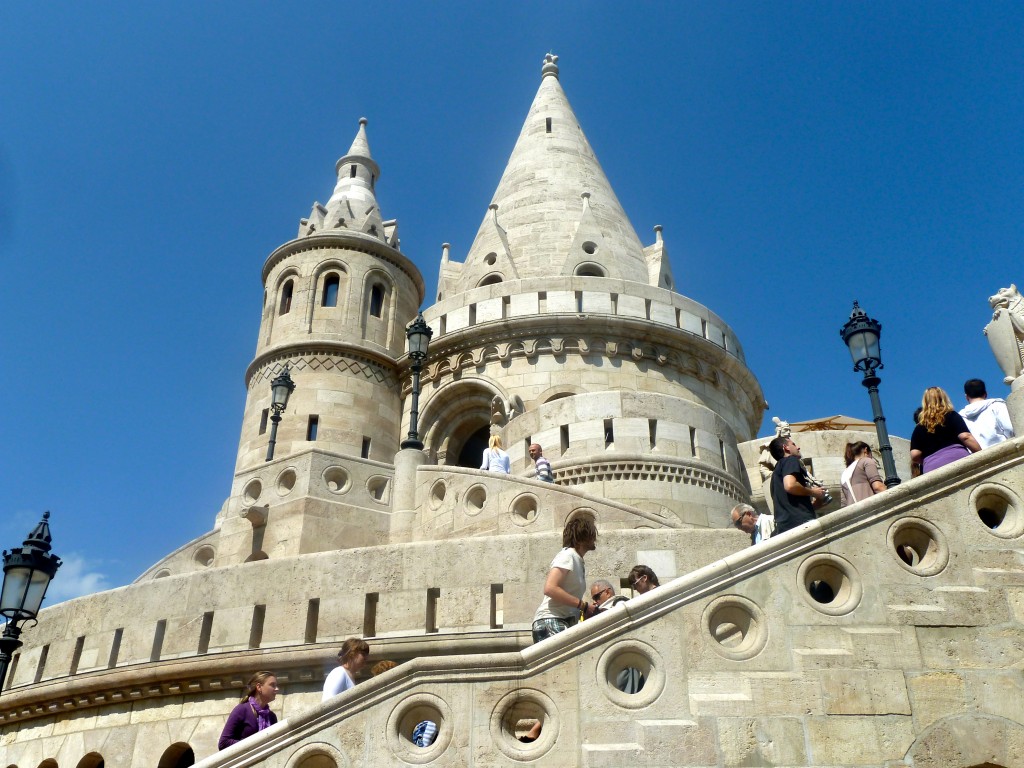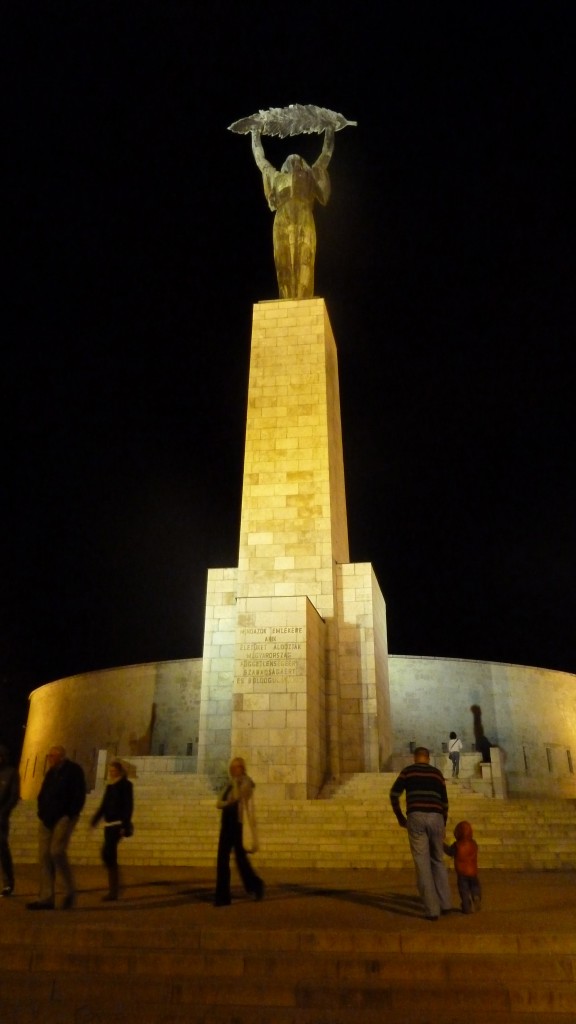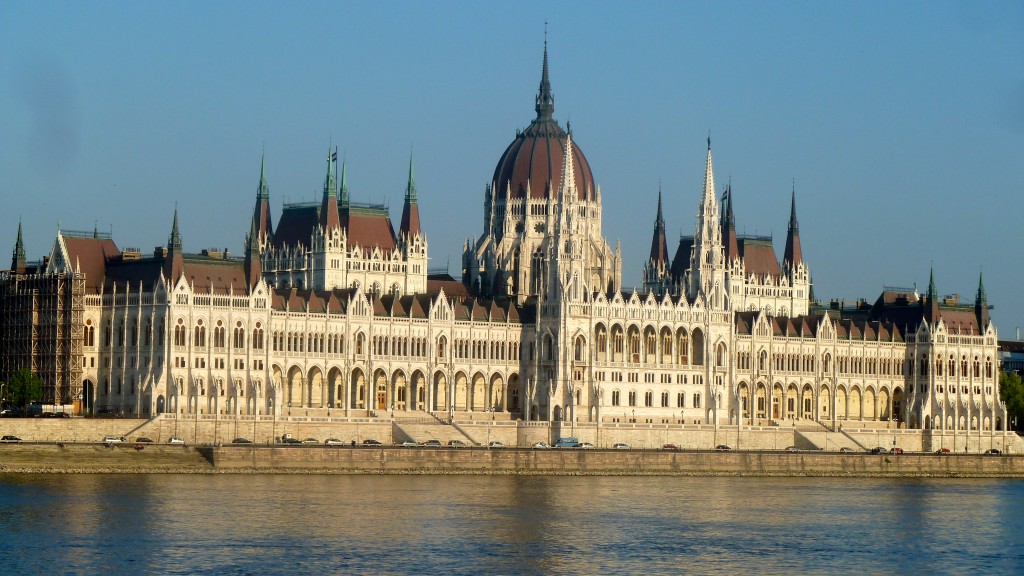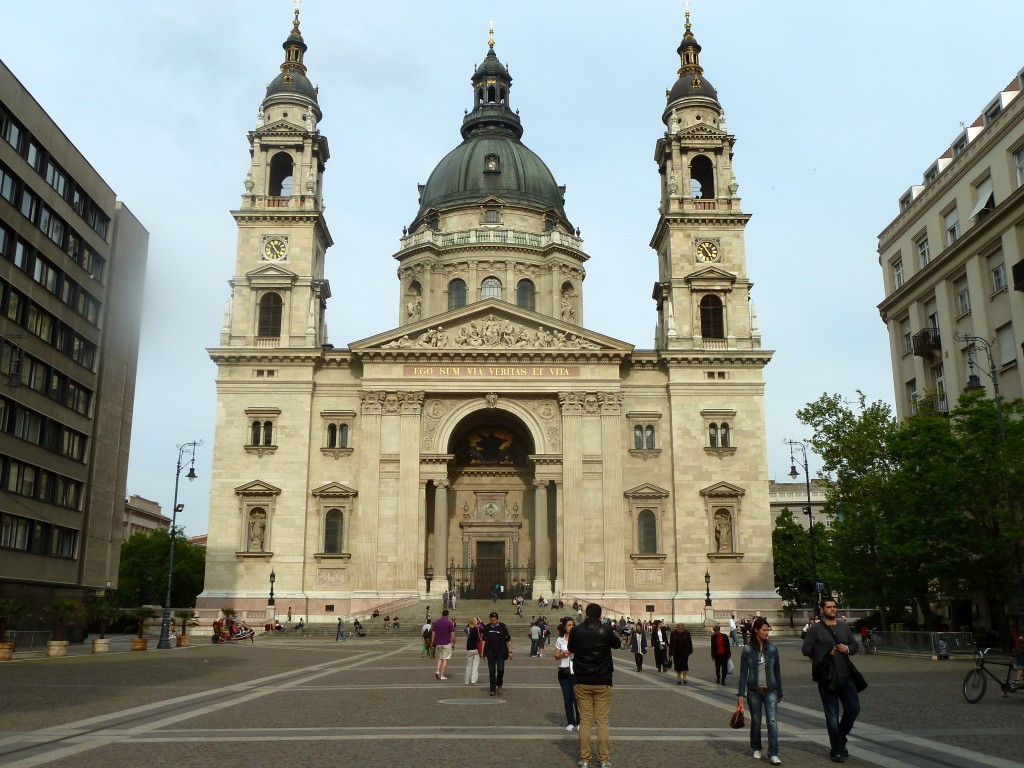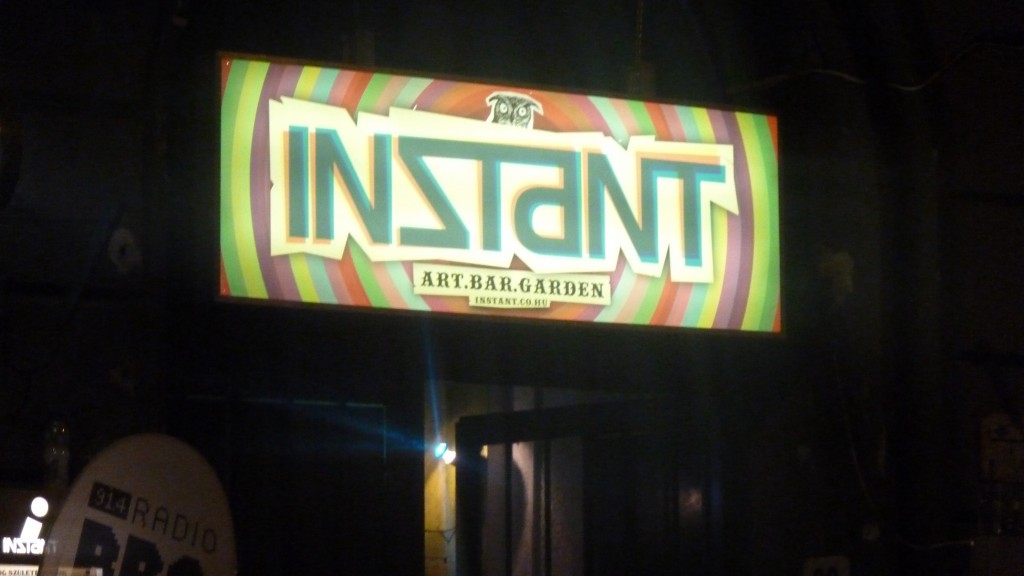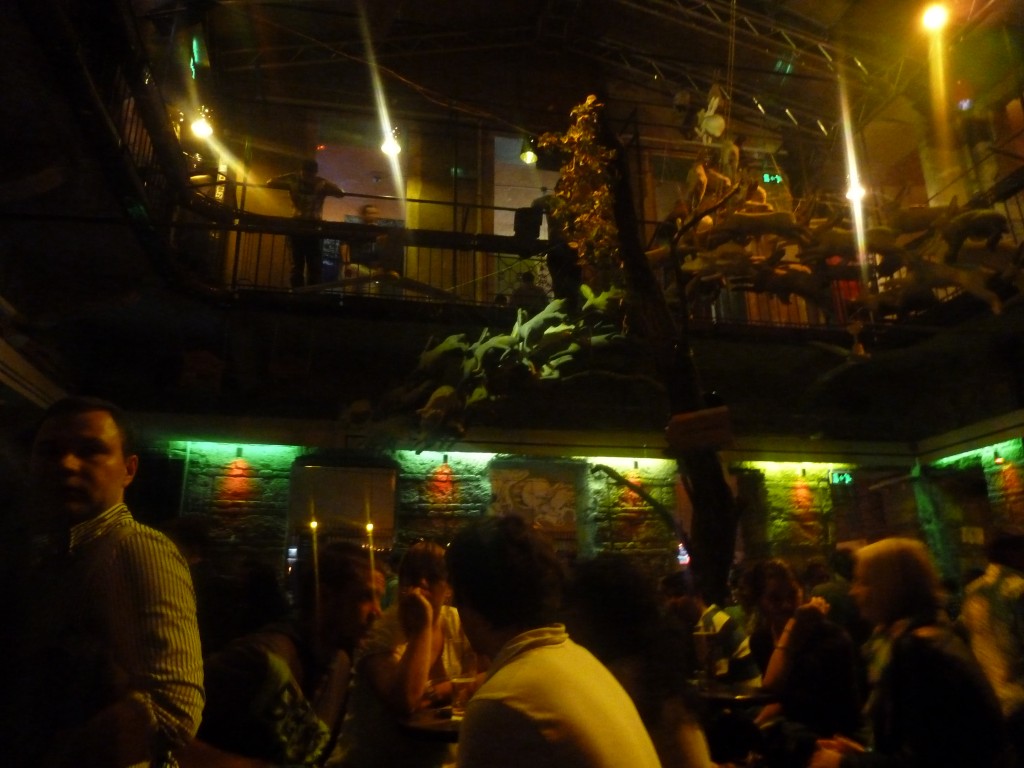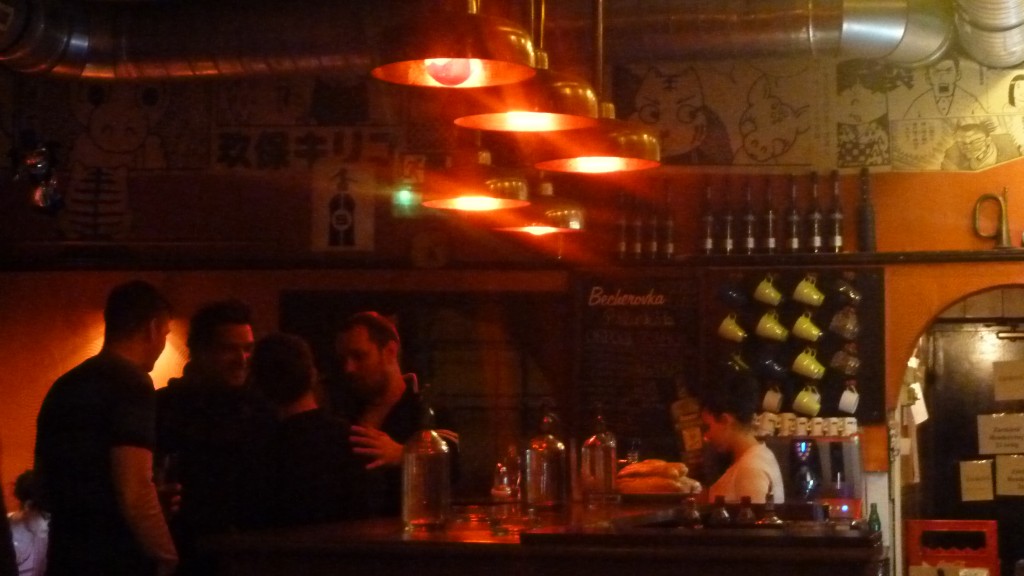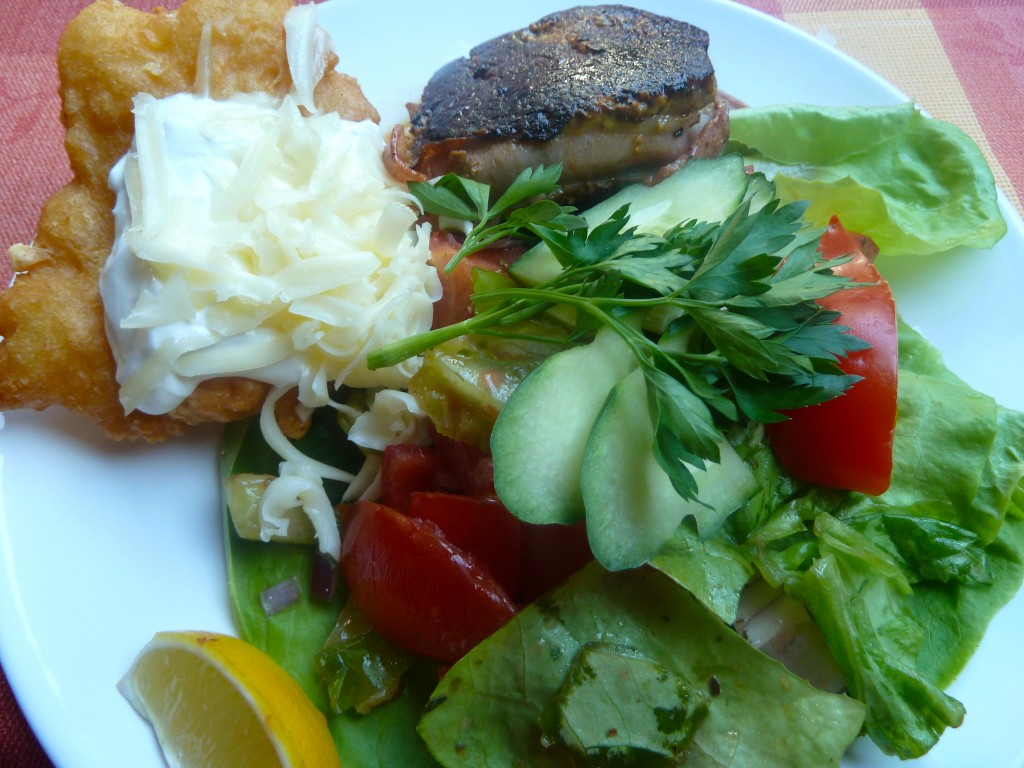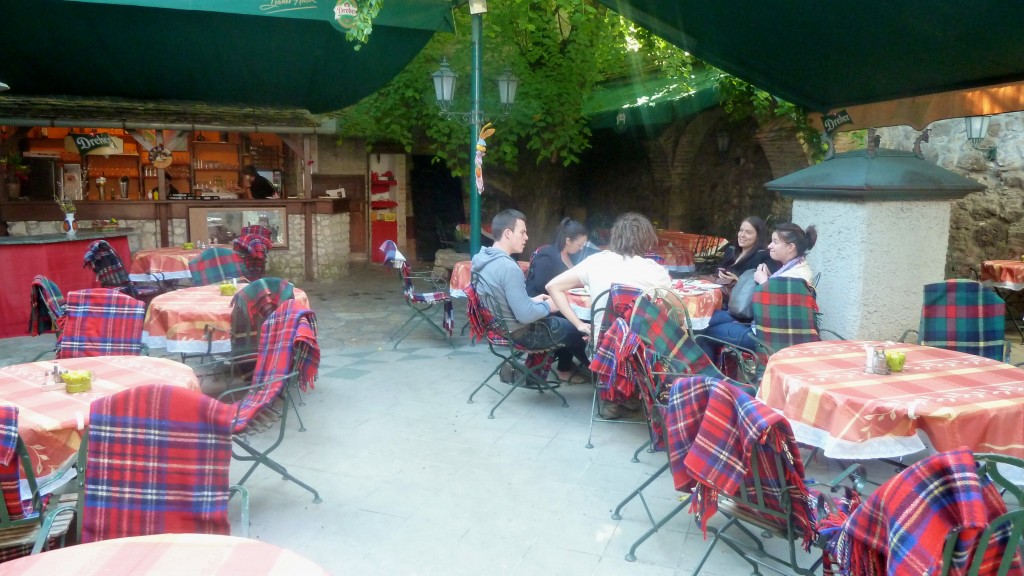Budapest has undergone a lot of transformations in its long and chequered history. From Turkish occupation, to the Habsburgs, to the Nazis and Communists, Hungary has copped it all. They’ve come out on top though, and the result if crowning glory of Budapest.
Hungarians really like foosball.
And palinka.
Don’t know what palinka is? Well after a solid night of it, you probably won’t remember anyway.
Read on to find out how the mix of these two very different and unique cultural quirks mixed with a turbulent history has made this one of Europe’s most cosmopolitan and eclectic cities.
Things to See and Do
In Budapest, most significant sights are centred around the Danube river. The Castle Hill rises up out of nowhere on the Buda side, the Hungarian Parliament sits on the Pest side and the Chain Bridge joins the two very different halves of the Budapest. Spending a day on each side is the best way to cover the city, but when night falls, you want to be firmly on the Pest side to experience the selection of awesome, yet random, bars scattered throughout.
Castle Hill
The most prominent landmark in the landscape of Buda, Castle Hill is where the, you guessed it, the old castle used to be. It is dotted with great things to check out and has a real old town European feel to it. Definitely dedicate an entire day to this part of Budapest as there is a lot to see.
Royal Palace
Visible from all along the riverside on Pest, this is the most standout landmark atop Castle Hill. It’s been rebuilt many times over the centuries (Ottoman era, Habsburg era, post-WW2, Communist etc) and is a great example of Baroque architecture. It’s undergone many transformation based on ruling parties, with the guts ripped out many times and refitted depending on who was occupying Hungary at the time.
There is a fantastic fountain around the back that depicts a group of hunters and hounds with a killed deer, very dramatic and will be crawling with tourists trying to get the perfect photo of it.
Matthias Church
One of the most important churches in Hungary, the Matthias Church has seen many coronations and Royal weddings take place here. The present building was built in the 14th century, however the site dates back to the 11th century. It’s adorned with incredible orange/green/white tiling on the roof and the way it reflects the sunlight is nothing short of dazzling.
Don’t really bother buying a ticket to go inside though, it’s not nearly as amazing as the outside.
Fisherman’s Bastion
Built to commemorate the seven founding Magyar tribes of Hungary (there is a tower for each one), the Fisherman’s Bastion was built in the late 19th century and affords some amazing views of the Danube. It’s called the Fisherman’s Bastion because it was built on a part of the hill that was guarded by the fishermen during the Middle Ages.
Tip:Â Don’t bother buying a ticket for this either. Walk to the end and go up into the restaurant in the last tower (pictured above) for a great view of the Danube and the Pest side of the city.
Gellert Hill
Gellert Hill is named after St Gellert (Gerard), the Italian bloke who came to Hungary to convert all the Pagans to Christianity. As per usual in those times, he was brutally murdered in some way by the natives and was then canonised for his sacrifice.
Up on the hill are two worthwhile sights, the Liberty statue and the Citadel. Oh, and there’s a bar up there. For when you want to soak up the decent hike up and the wicked view of Pest with a few beers.
Liberty Statue
The Soviets erected this statue at the end of World War 2 to “commemorate” the “liberation” of Hungary. That was until they were swiftly transitioned to another brutal dictatorship under the Iron Curtain.
When the Hungarian Revolution came around in 1956, they decided to get rid of the Red Army soldier in front of the statue but leave the statue itself, instead rededicating it to the “second” liberation of Hungary and to freedom and independence of all the country.
Citadel
This was built by the Habsburgs in the mid 19th century. Not to defend Budapest, but to intimidate its citizens against causing trouble. It was strategically placed to rain fire down upon Buda and Pest in the event of an uprising, but was never used for such a purpose. There’s a war museum within the Citadel that tells the story of Budapest and a bit about the Nazi occupation also.
Hungarian Parliament
Modelled after the Houses of Parliament (Westminster) in London, the Hungarian Parliament sits right on the bank of the Danube and forms an imposing profile on the river.
The intricate attention to detail is evident from the other side of the Danube as well as up close, and if you can score a tour in the morning it provides an even more in-depth insight into the core of Hungarian democracy. If not, just go for a wander around. You can see the statue dedicated to where the Hungarian revolution took place, detailing how the people ripped the emblem of the Communists out of the centre of their flag and burned it.
St Stephen’s Basilica and Andrassy Avenue
Located on the Pest side of the Danube, St Stephen’s Basilica is the other very important church in Budapest, and without a doubt the most important in the entire country. The dome collapsed in 1868 which lead to the complete reconstruction of the entire church, which delayed completion till 1905. It’s dedicated to the first King of Hungary and their most revered saint, St Stephen I (circa 10th century).
You can go inside for free, but not very far (although it is worth it, the interior is quite impressive with the browns of the wood and the gold plating). If you want to take an elevator up the top it will cost you a bit, and this is dependent on whether the church is being used for a service or not.
Andrassy Avenue is the UNESCO World Heritage main shopping thoroughfare of Budapest. It’s kind of like the Champs Elysees in Paris and has the Royal Hungarian Opera on it about half way down. Underneath Andrassy Avenue is Metro Line 1, and I’ll talk about this more on the next page.
Segway Tour
This is without a doubt the coolest way to see Budapest. After you’ve been on a Segway, you’ll think walking is for chumps. The Segway tour leaves from the Discover Budapest office just behind the Opera house and is lead by an English speaking guide. The tour goes for about 2 hours and you’ll receive lots of training time to get you used to the Segways before you’re let loose on Budapest.
After a minute or so of wobbling around the place you get the hang of them pretty quickly. Next thing you know you’re blazing down Andrassy Avenue towards the centre of Pest.
Here’s a quick video of us goofing around at the end of the tour.
The Segway tour was provided by Expedia, and you can book the tours here. Check out the other short activities Expedia offer in Budapest here.
Disclosure: The Segway tours we took of Budapest were supplied complimentary by Expedia.
Food and Drink
The Pest side of the city is an absolute treasure trove of cool bars and cafes. From the Jewish quarter on Kazinczy Utca to the long drag of clubs just to the west of Andrassy Avenue, there’s lots to keep you occupied at night during your time in Budapest.
Mika Tivador Mulato
As you enter through the front door, you’re immediately greeted with a 10 foot high blackboard at the far end of the bar listing all the drinks the sell here. No menus, just the big blackboard, and it is PACKED with choice. One entire side is dedicated to the different varieties of palinka they sell.
It’s set out over 2.5 levels with live music in basement, a lounge feel on the ground level and a mezzanine level with comfy couches. A good place to start the night out.
Ellato Kert
With a warehouse style vibe, this feels like a run down pub in the back lot of a factory. It has high ceilings, lots of room and a huge “beer hall” vibe to it. You’ve got foosball tables, live music, graffiti, street art on the walls and fresh Mexican food on offer here. The bar is cheap and it’s well stocked. Prepare to meet both locals and other travellers, this is a cool place to hang out.
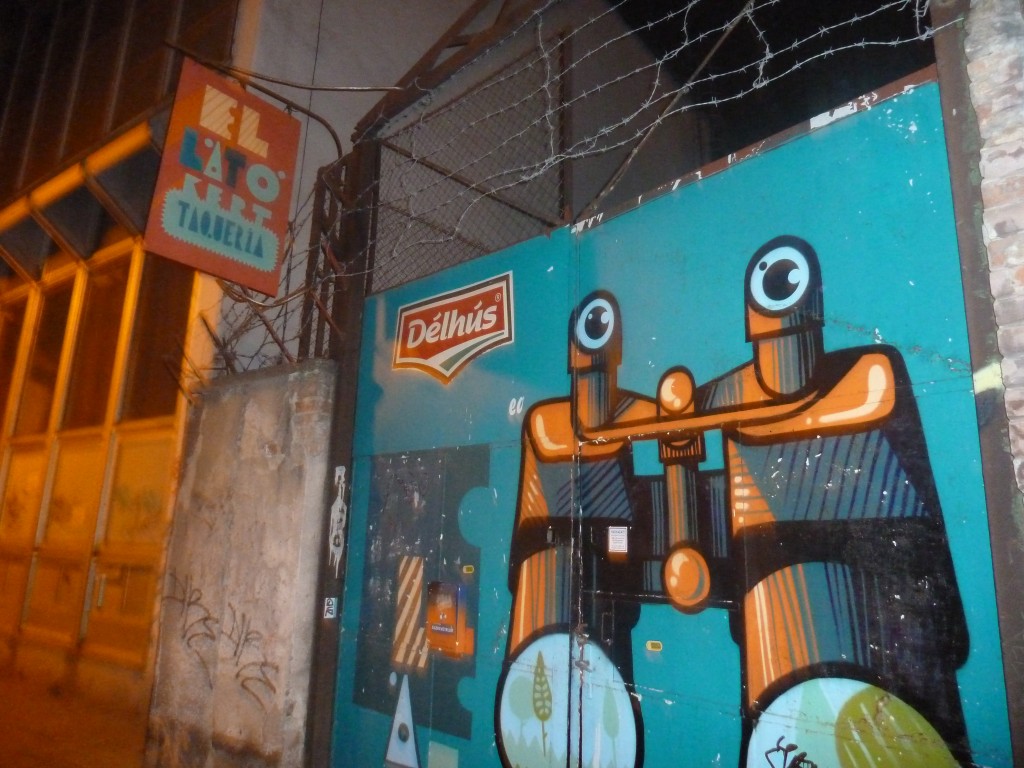
Instant
The coolest club on Nagymezo utca, Instant is a one of a kind joint in Budapest. Let me set the scene, when I checked in here on Foursquare it was categorised as a Frat House.
It features an Alice in Wonderland theme throughout the place, with a huge tree in the centre of the main room and grass on the walls. it has 3 floors laden with (once again) foosball tables, pinball machines and chill out areas. Not to mention all kinds of nooks and crannies, 4 bars and a basement room with DJs banging out drum and bass. This place is a must visit and will totally make your night.
Szóda
A chilled out, relaxed bar with lots of seating and anime decor, Szoda is located not far from Mika Tivador Mulato and Ellato Kert. As the name suggests, there’s an affinity with soda water bottles here, and they adorn the stretch of the bar. Ya know, when you want a water fight at 2am.
Like lots of bars in Budapest, Szoda serves Palinka, and lots of it. Palinka is the national spirit of Hungary and will hit you for six with ease. It’s distilled from fruit and  comes in all kinds of flavours like apple, cherry, grape, raspberry and pear. It’s basically fire in a shot glass, proceed with caution.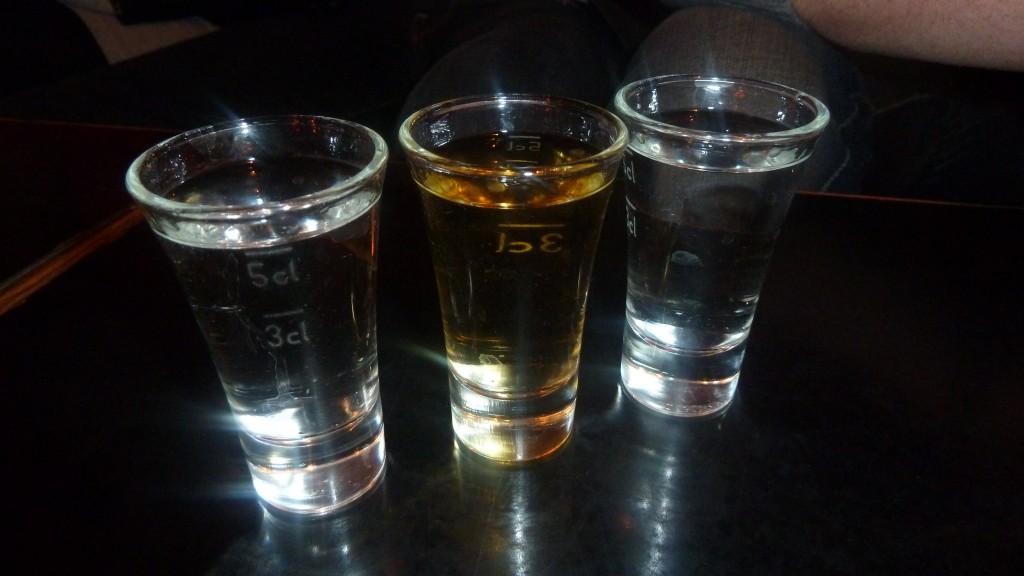
Vörös Ördög
Located on Castle Hill, tucked away down a side street, this is real authentic Hungarian restaurant. Generous servings of goulash, steaks with sides of dumplings (think a donut-like puff) are served up with friendly service (and free wifi).
The airy courtyard is great for lunch after traipsing around Castle Hill all morning and the meals are decently priced.
How to get there
The flight from Britain to Budapest is about 2.5 hours and is served by a bunch of varied airlines from Britain.
WizzAir fly from Luton and will cost you from £150, whilst the Hungarian flag carrier, MALEV fly from Gatwick and start from £180 return.
British Airways fly from Heathrow and flights start from £200. As always, prices will vary based on when you fly and when you book.
A bit of orientation
Here’s a handy map laying out all the sights I mentioned above to give you an idea of the layout of Budapest. Click on the markers to see the sight listed and zoom and pan around to see more of the map.
View 48 hours in Budapest in a larger map
Get around in Budapest
All the places I’ve listed are mostly walkable, but the Metro is never far away. It was the first ever underground metro system in continental Europe (London’s was first in the world) and covers a lot of Pest and some of Buda. A single ticket costs 320 HUF and can be bought from the machines or ticket inspectors in each station.
Where to stay
Budapest is another one of those cities that does pretty well for itself when it comes to highly rated hostels. Tiger Tim’s and the Home Plus/Home Made duo are among some of the best you could check yourself into. Make sure you check out Hostelbookers for availability.
Budget
Although part of the EU, Hungary is not part of the Eurozone and thus they do not use the Euro. Their currency is the Hungarian Forint (HUF) and currently (at time of writing) £1 GBP will get you just over 300 HUF.
Budapest is cheap, but not as much as the whole “it’s really cheap in Eastern Europe” ploy a lot of people have in their heads. A bottle of beer from a “non-stop” (basically a 24 hour off license/convenience store) will cost between 290 FT and 350 FT, so around about £1.
Conclusion
Budapest is basically the heart of Central Europe, and is the gateway to more obscure adventures into Eastern Europe. I’d call it a good introduction to Slavic culture and language. A lot of the signs use an alphabet similar to English (save a few additional characters), so the only barrier is the pronunciation.
I wouldn’t put Budapest up in my Top 5 must see European cities, but I have to say it has a very unique character about it with loads of history, a pumping nightlife and it’s reasonably priced. If you get the opportunity, go.
